Professional Development in Healthcare: Conflicts and Solutions
VerifiedAdded on 2022/12/18
|16
|1059
|95
Presentation
AI Summary
This presentation delves into professional development within the healthcare system, examining factors that contribute to conflicts among governance, medical staff, and hospital administration. It highlights how differing opinions, ethical considerations, and the pursuit of innovation create tensions. The presentation then analyzes the relevance of LeapFrog's findings in assisting the public in selecting appropriate medical care, emphasizing its role in assessing patient safety and hospital quality. It also explores the advantages and disadvantages of competitive, freestanding diagnostic and treatment centers and specialty hospitals, discussing their impact on service quality, patient care, and financial considerations. The presentation concludes by summarizing the key takeaways regarding healthcare conflicts, the importance of informed patient choices, and the evolving landscape of healthcare development. References from relevant research papers are included to support the arguments.
1 out of 16
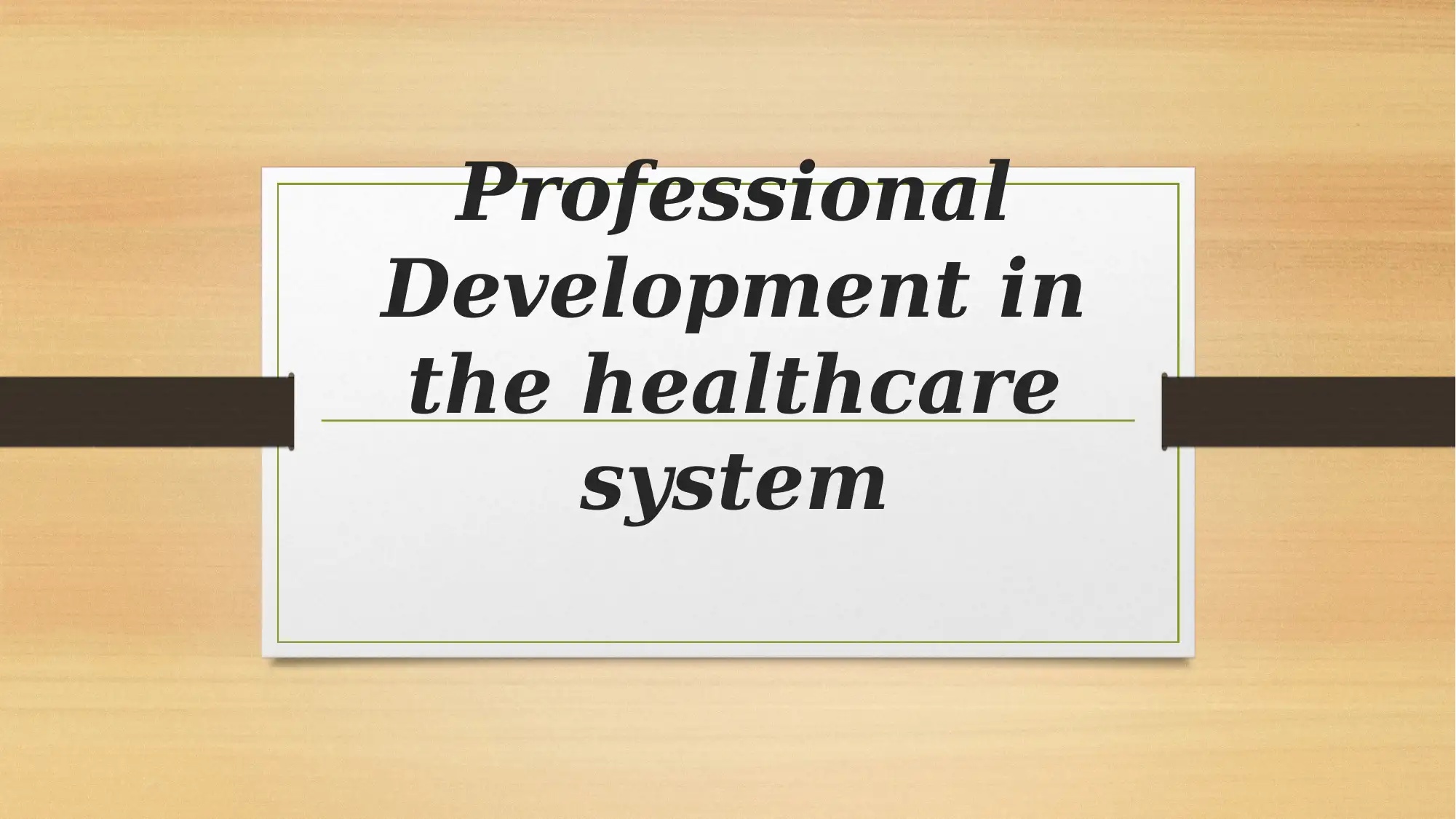
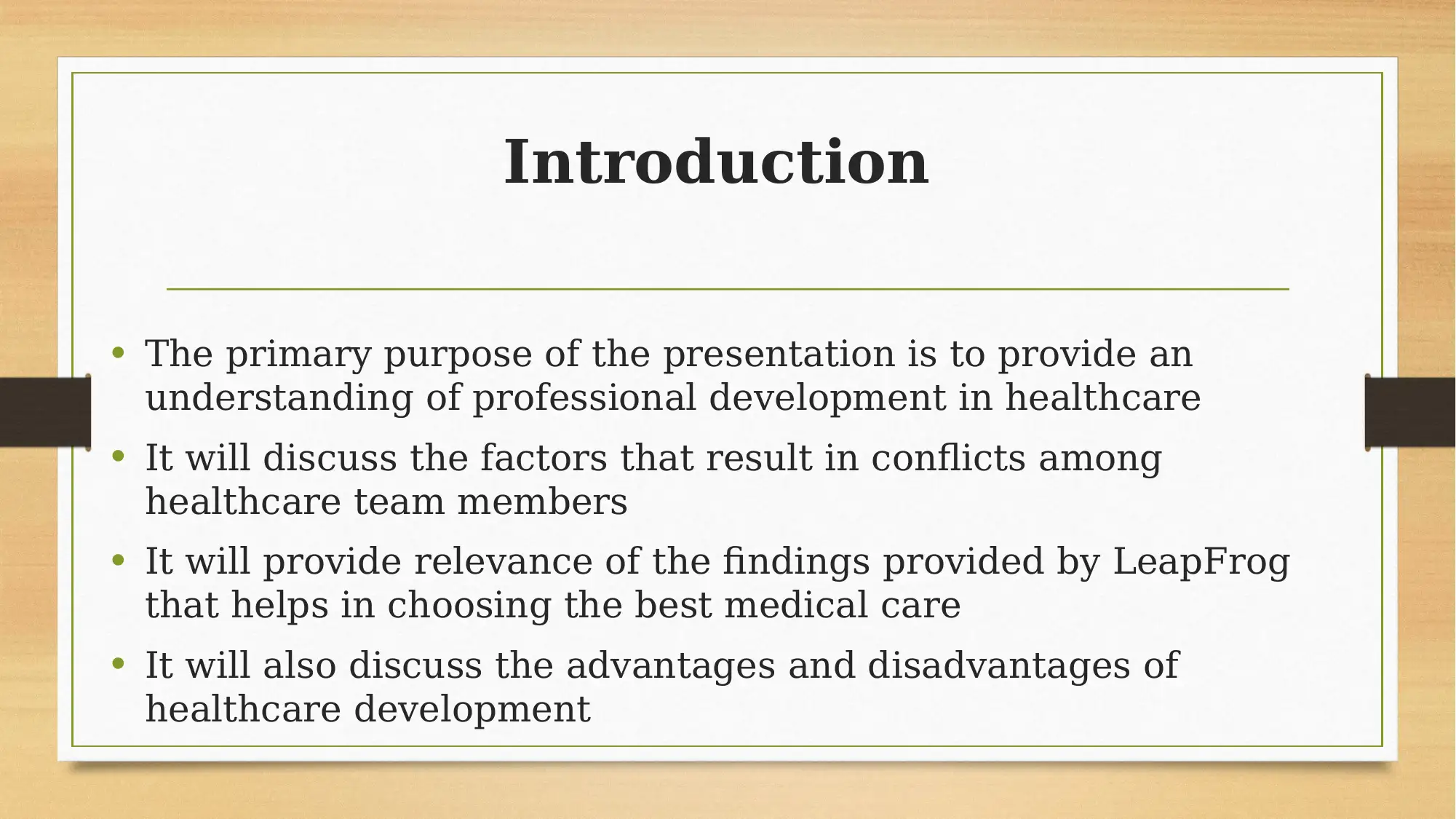
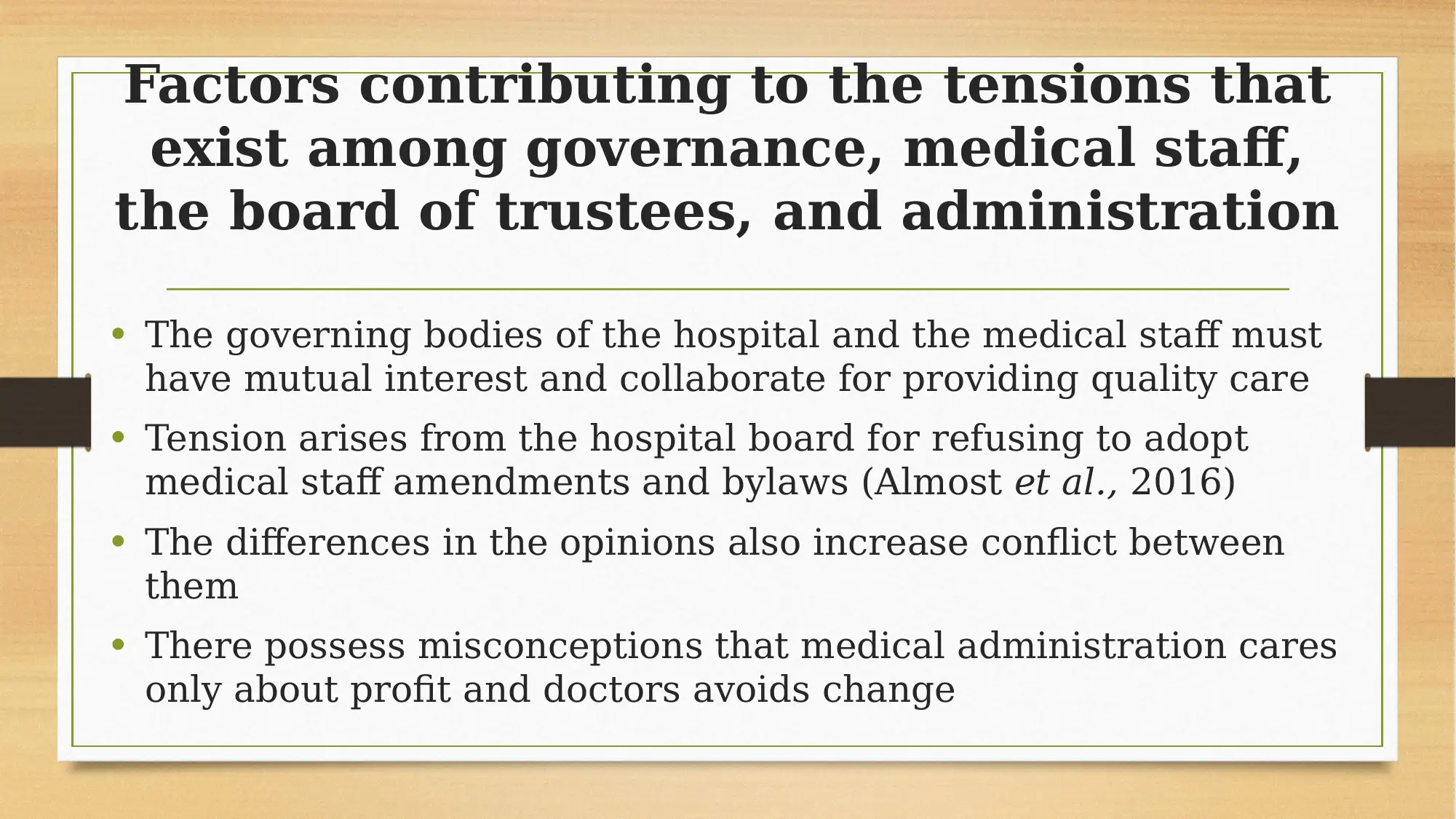

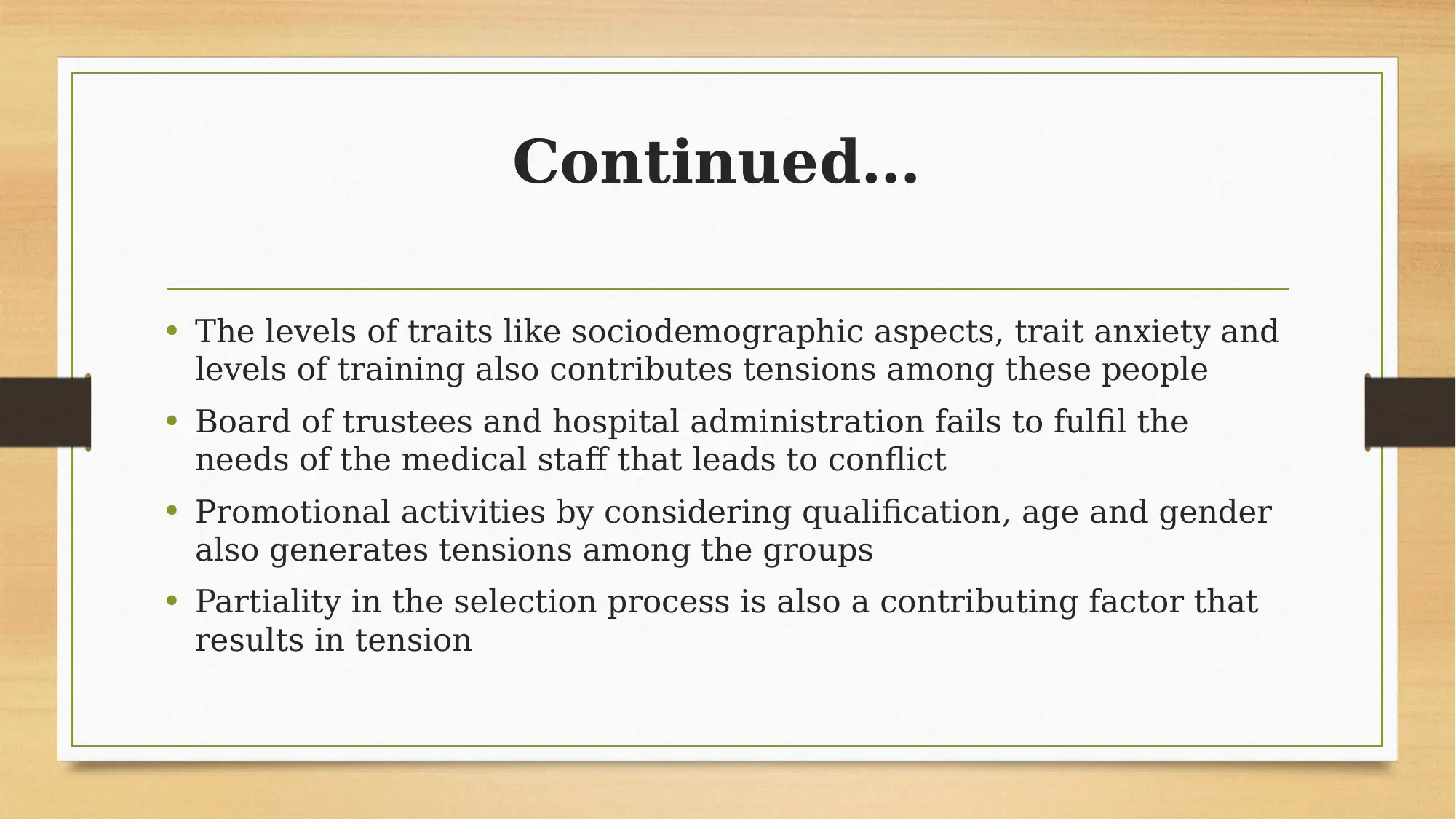
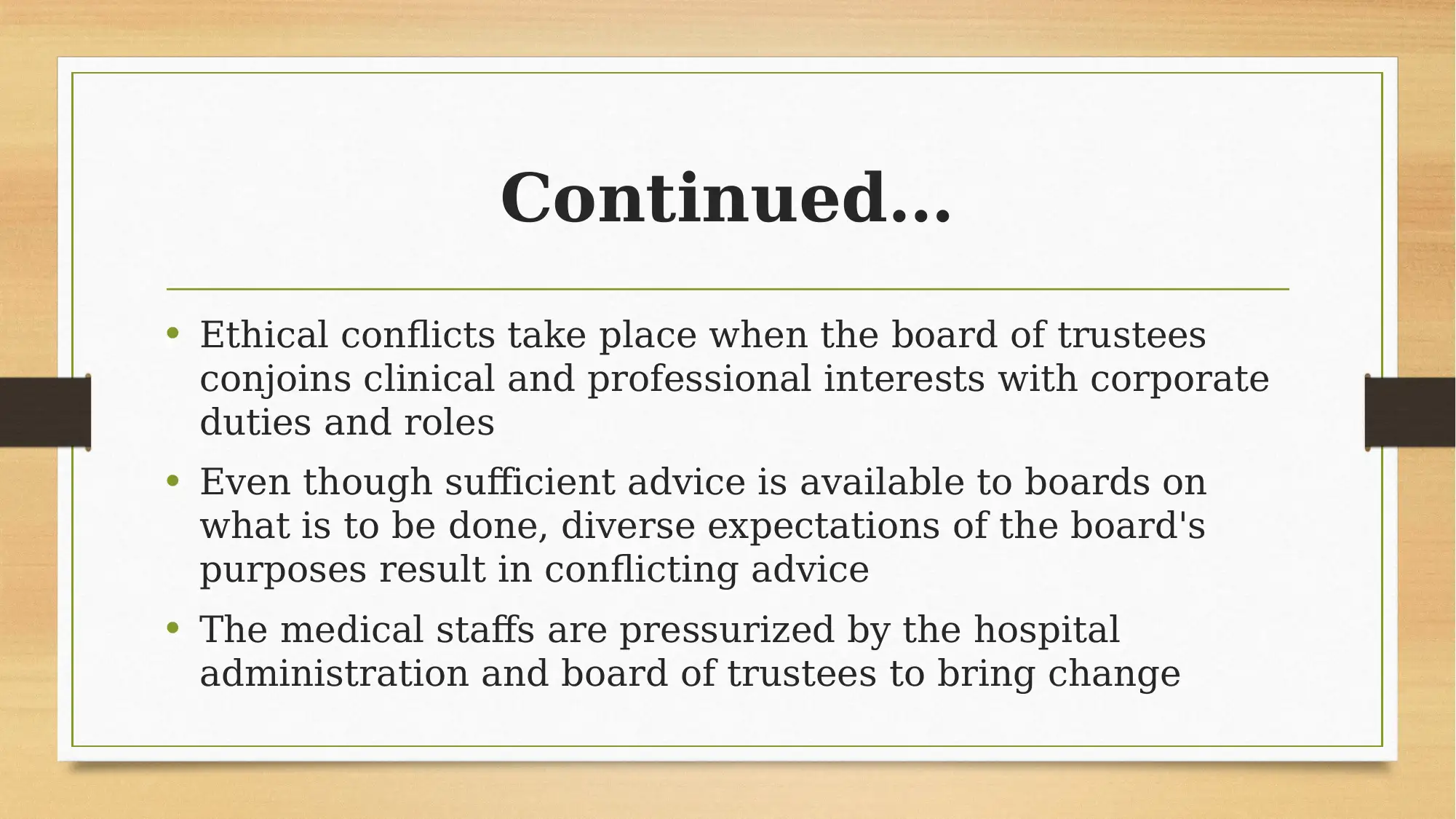
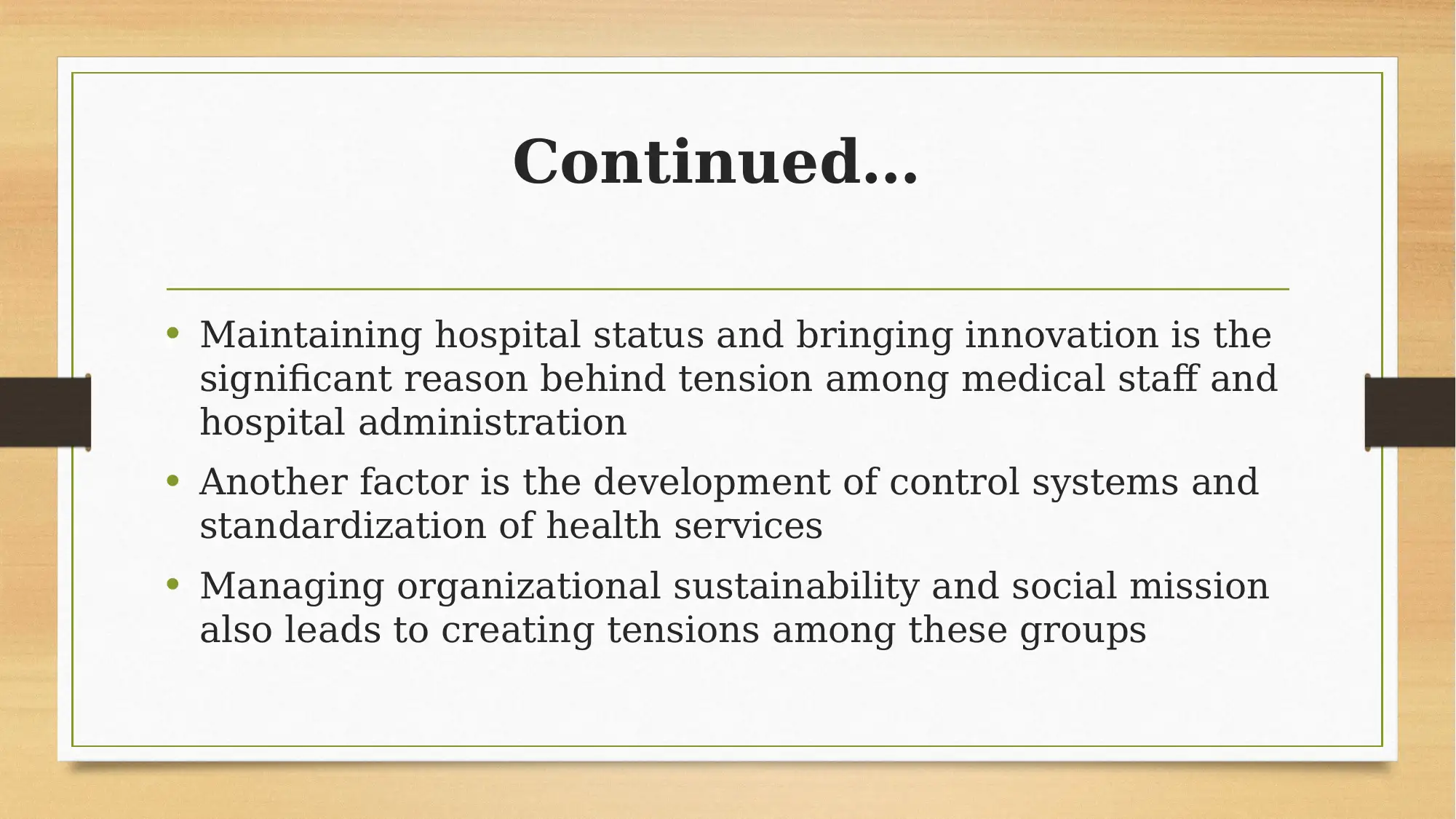
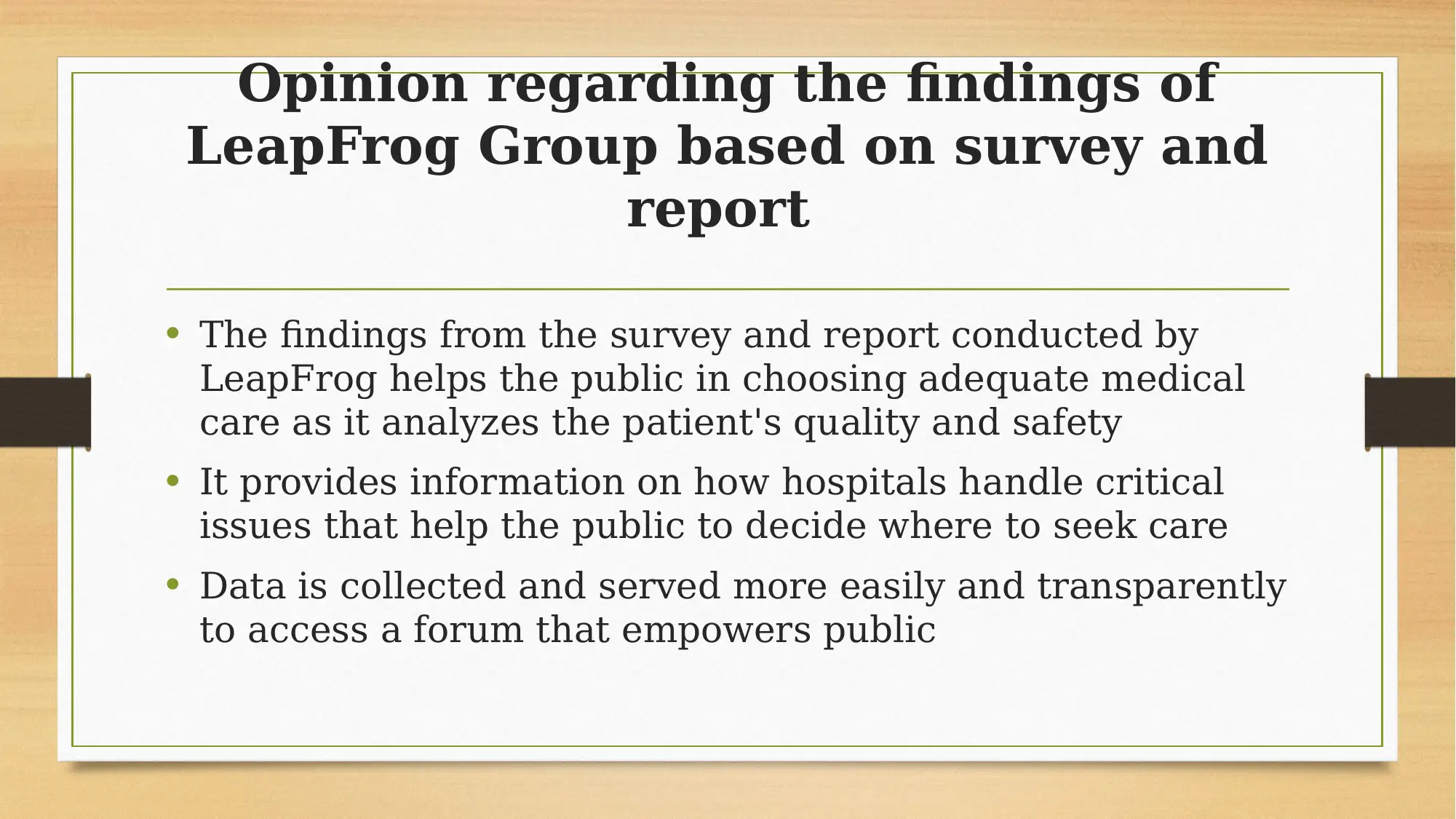
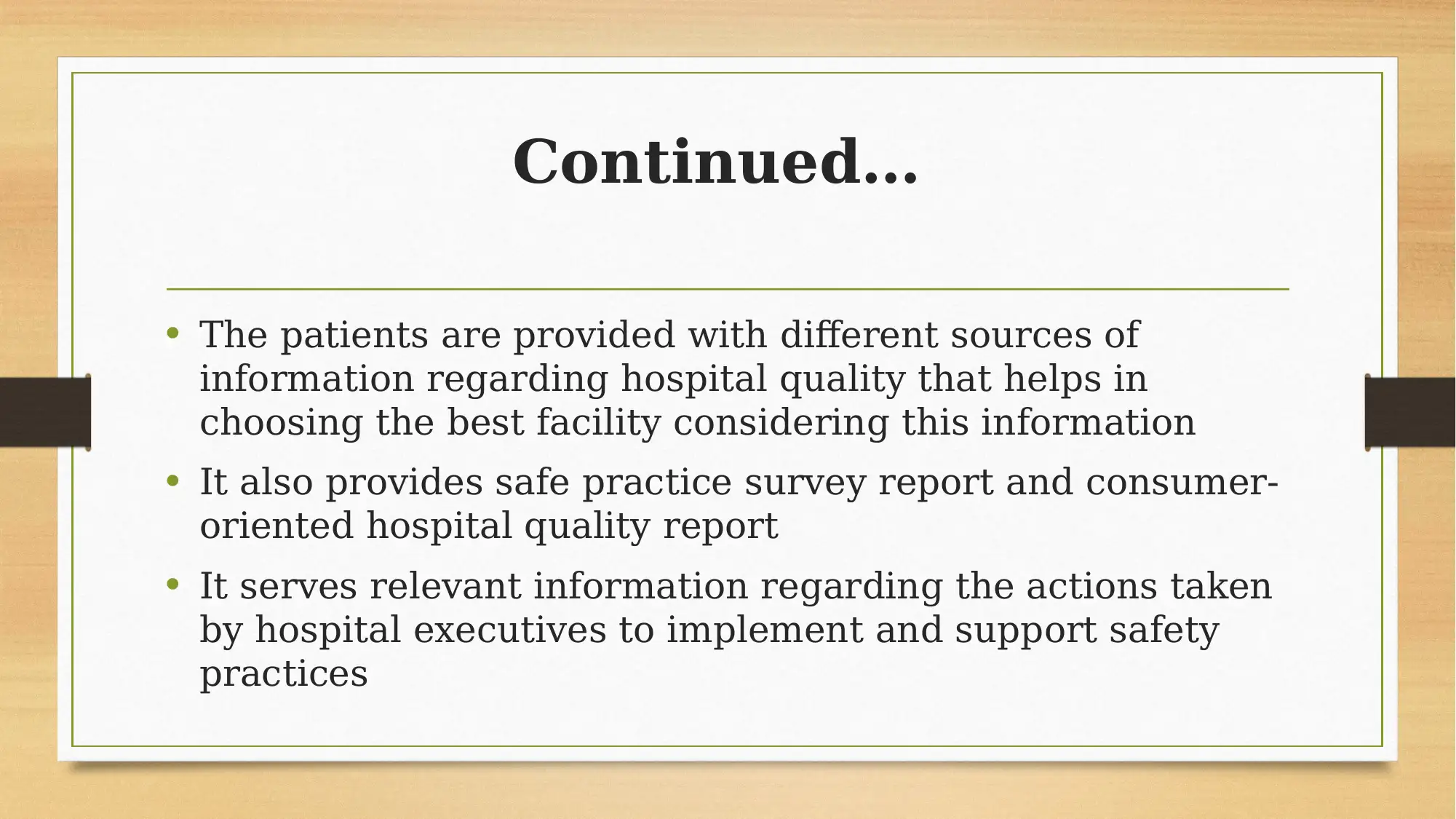
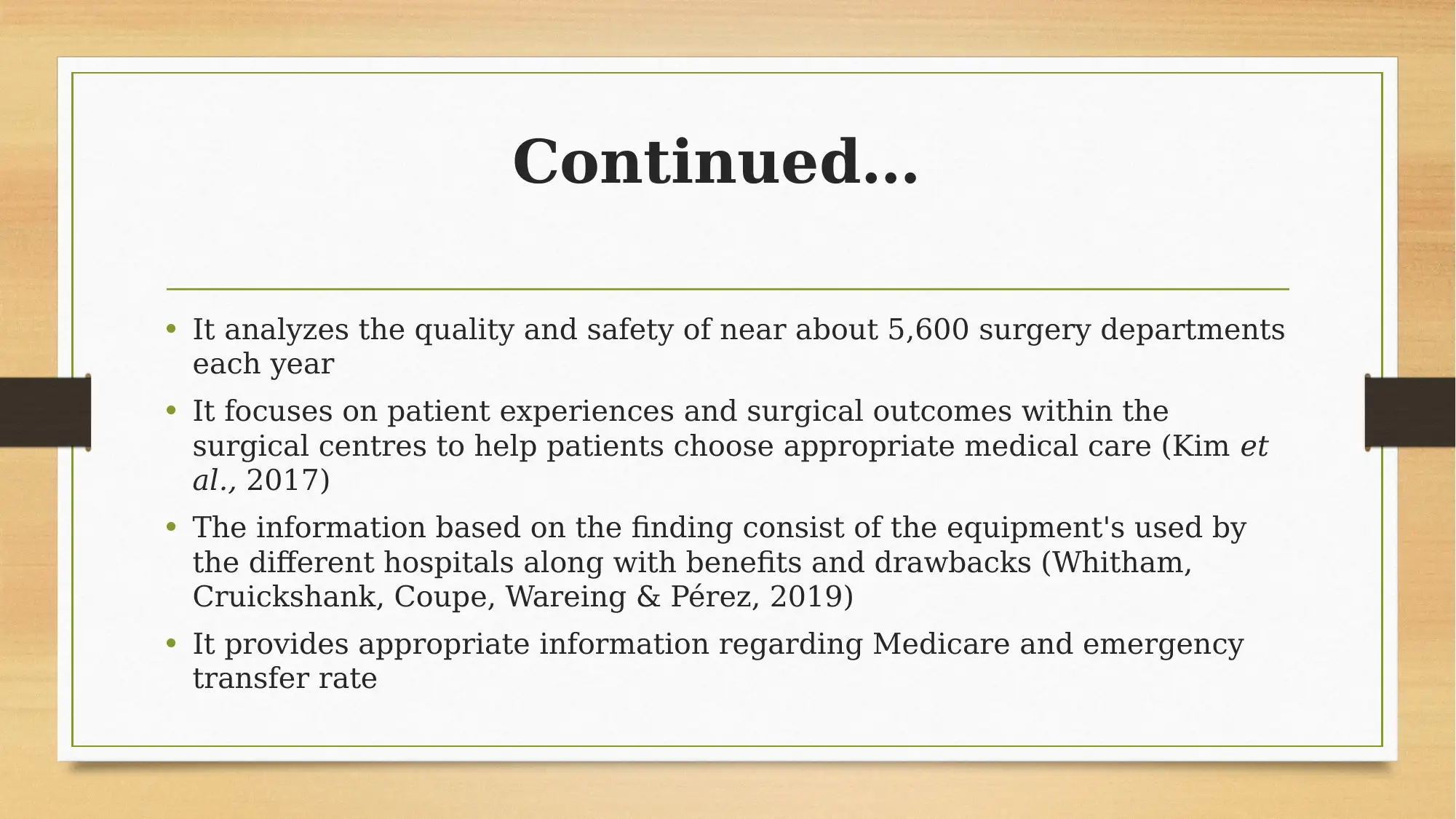
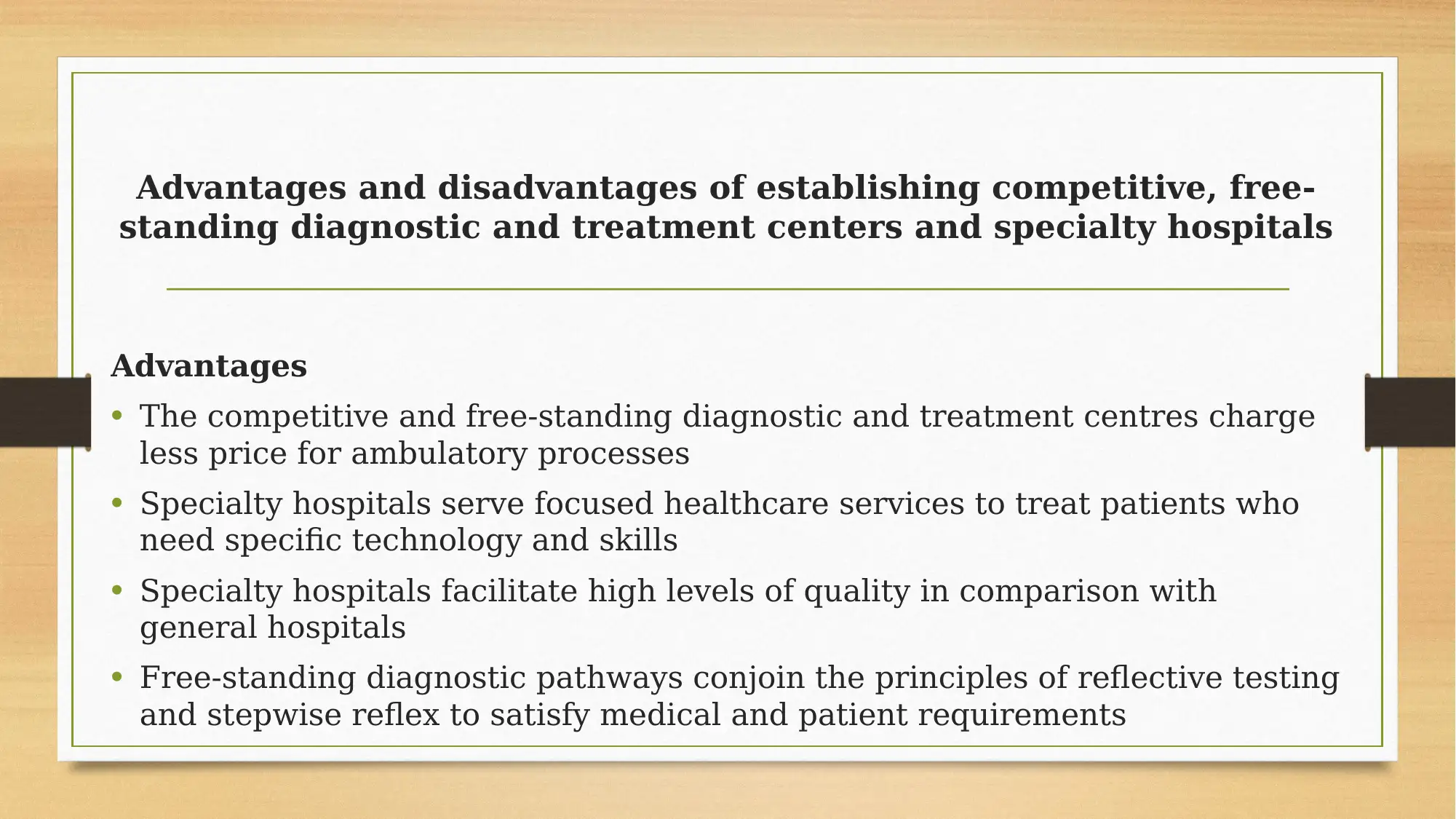
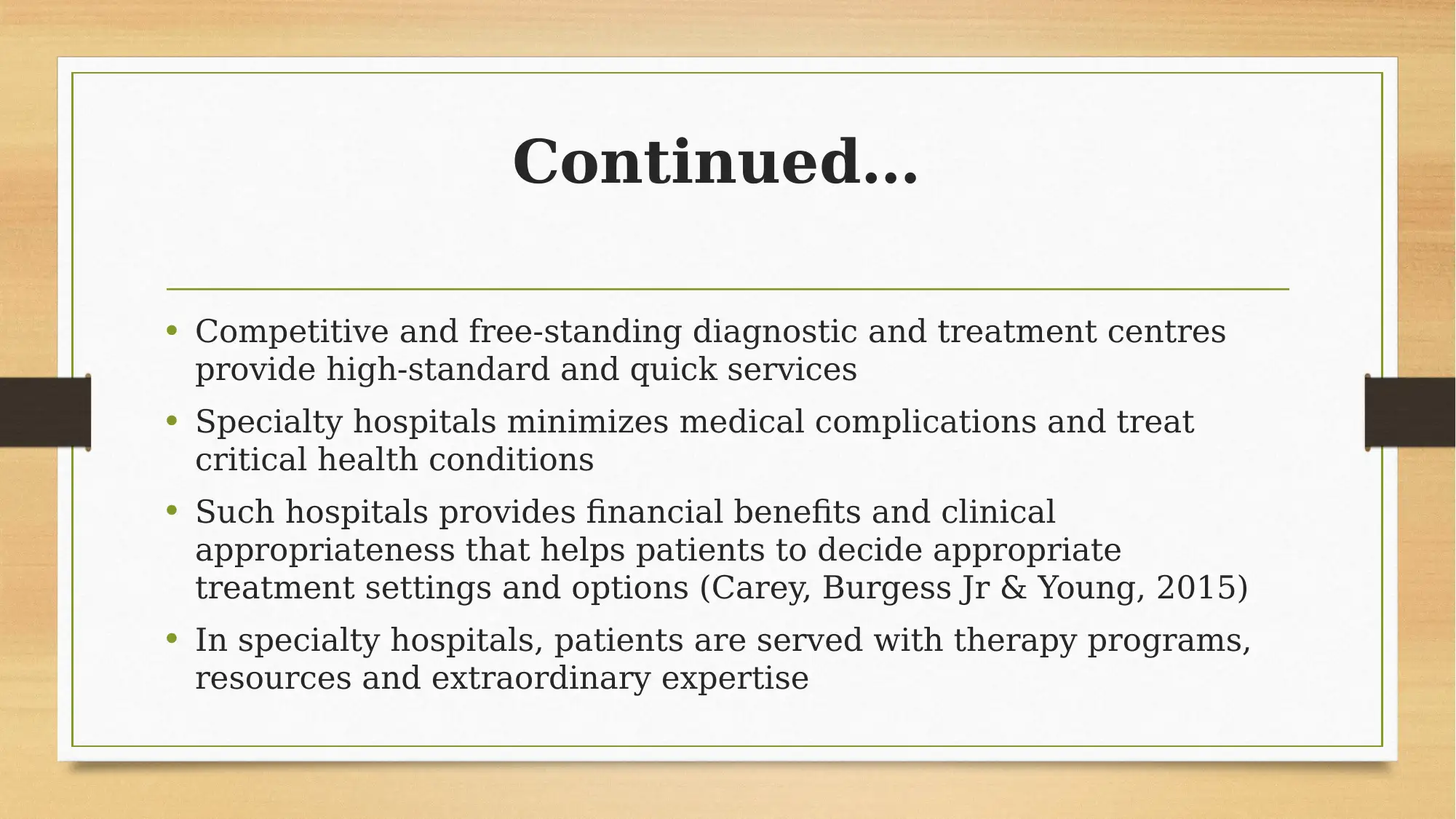
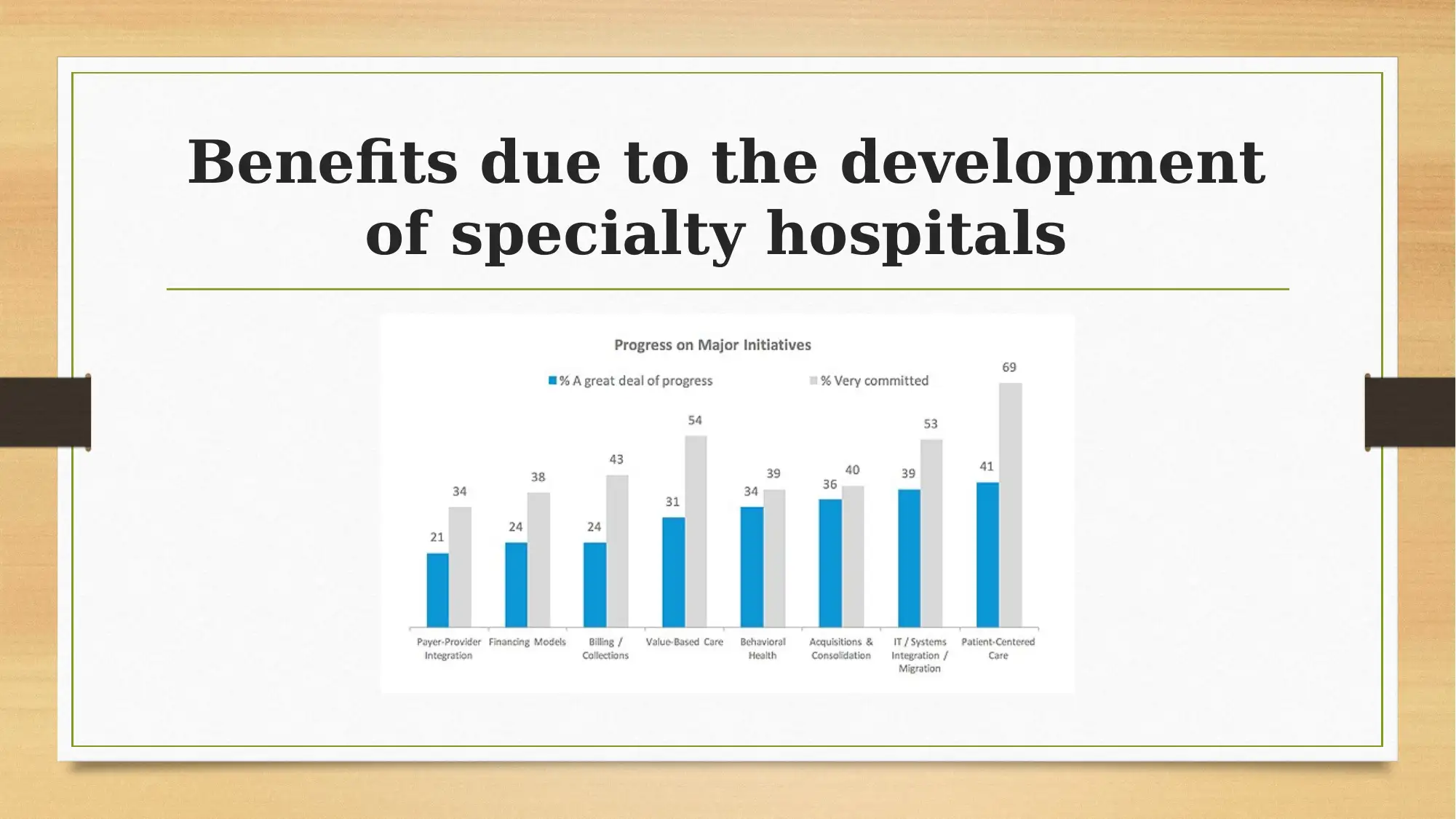






![[object Object]](/_next/static/media/star-bottom.7253800d.svg)